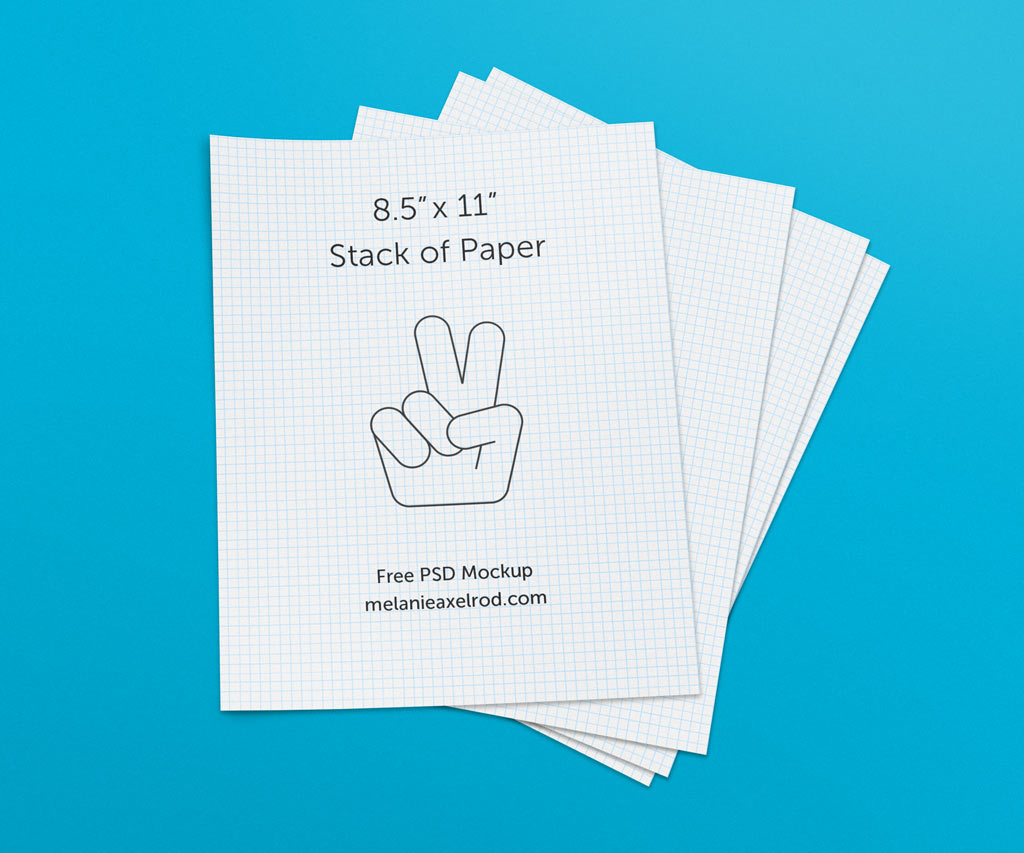

There are video tutorials online which are almost essential for getting an understanding of how to use the software before you lose your hair trying, but once concerned it is proving to be very powerful. The difference in how processing is done and the user interface in PixInsight makes the learning curve very steep and troubling at first. They even seem to put buttons on dialogue boxes around the opposite way to what is most common just to confuse the user. PixInsight operates in a very different way to other software.

Having said that, you will be up for a steep learning curve. If you ant a one-stop-shop for astrophotography image processing and you are happy to spend the $250 on PixInsight, there’s a very good chance you need none of the other pieces of software listed on this page. I now have some experience using PixInsight for processing CCD images from an SBIG ST8-XME camera and RAW CR2 files from a Canon 6D DSLR and can certainly see the potential of the software. PixInsight is an advanced astrophotography image processing piece of software. It is effectively a good alternative to Deep Sky Stacker for those who use Apple PC’s. This is an Apple/Mac program and a great option for those who do not use Windows. I don’t tend to like the post-processing capabilities of Deep Sky Stacker so tend to finish my use of DSS at the point it has stacked the “Autosave.tif” and take that file in to PhotoShop from there to perform post-processing.ĭeep Sky Stacker’s biggest advantage is probably it’s ease of use (very intuitive and easy to use interface) and it’s flexibility with it supporting all major file formats and handling various scenarios covering most astrophotography needs. There are often cases I find DSS will not correctly align frames where as RegiStar and PixInsight will. The registering capabilities of Deep Sky Stacker are very good but do not match the capabilities of RegiStar or PixInsight when it comes to getting a good alignment of frames. This may simply be a lack of experience on my part, as I do not use this software often. I have had some issues with processing canon RAW files with respect to getting good colour balance post-stacking so often choose to first convert the RAW files to TIF before processing. This software will read a wide variety of file formats including Canon RAW format, and process them. The best thing about this software is that it’s free, and amazingly capable for something that is free.
#FREE IMAGE STACKER FREE#
This is a free and very capable piece of software for aligning, combining and performing post processing of astrophotographs from digital SLR cameras. Software suitable for stacking and/or processing astrophotography DSLR images: If you know of programs which are suitable for DSLR astrophotography image processing that are not on this list please let me know, also let me know if information here needs updating. So here I am going to list a few options, hopefully making it easier for anyone who finds this page. Or, also often the case, people don’t realise that there is software available to make this easy. The question often arises from the above of what piece of software to use for stacking and processing the resulting images that you take using your camera. Acquire a piece of software to process (including stack) the photographs you take. Acquire a piece of software to help take long exposure photographsĤ. Buy a tripod, telescope or other tracking platformģ.


There’s a few basic steps required for getting started in DSLR astrophotography. These are relatively cheap, can be used for astronomy and ordinary terrestrial photography, and produce surprisingly good astronomy images so have become quite popular. Deep Sky Stacking Programs for Digital SLR CamerasĪ common approach to astrophotography has become the use of Digital SLR cameras (DSLR).


 0 kommentar(er)
0 kommentar(er)
